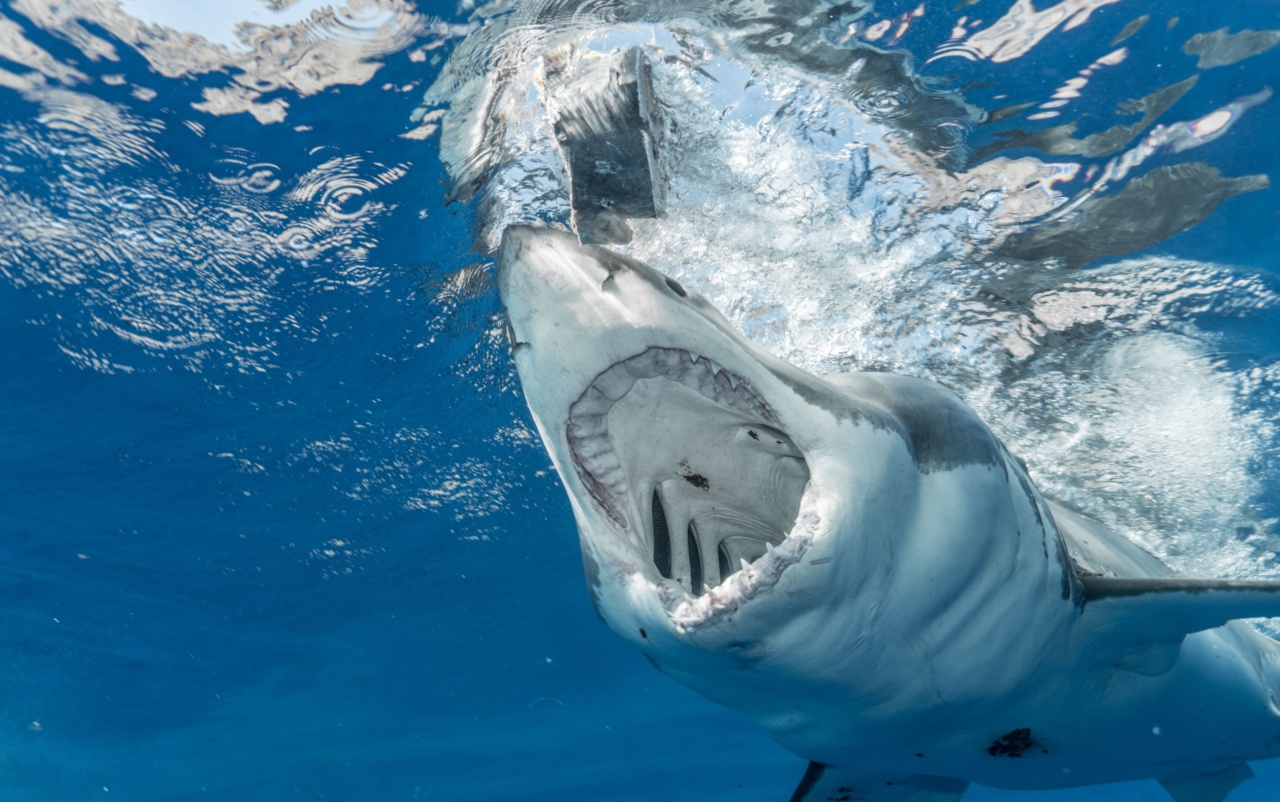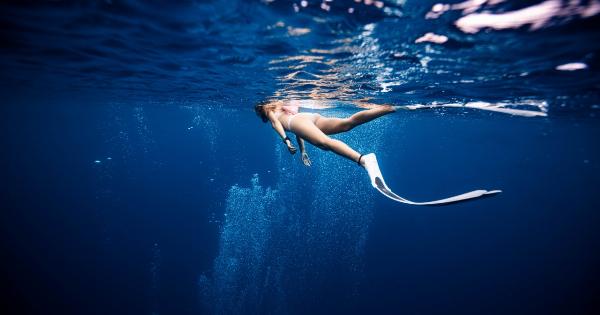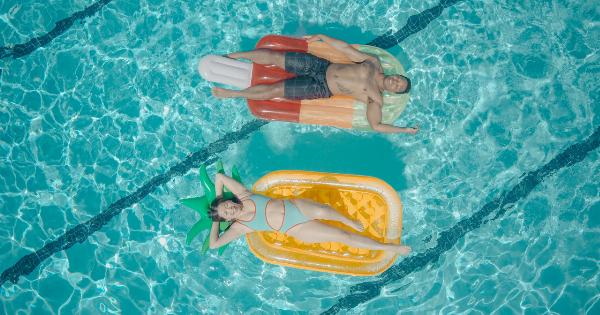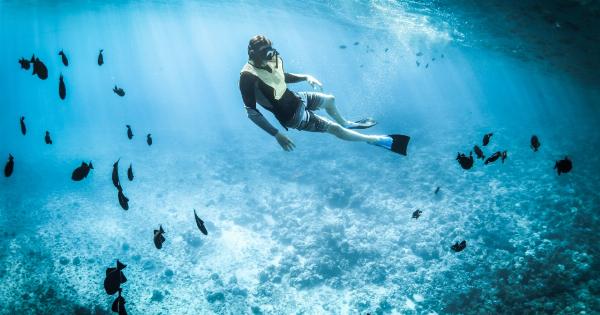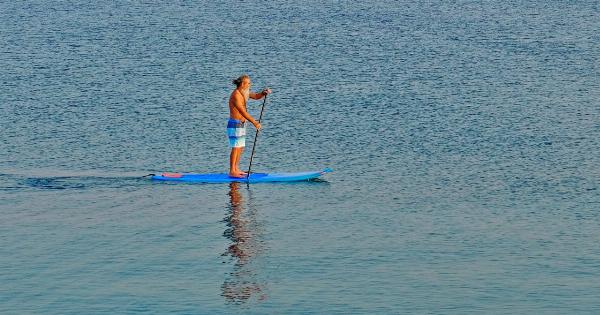Drunk swimming is a dangerous and potentially deadly activity that has become a sobering reality for many people.
While swimming is a popular recreational activity that offers numerous health benefits, combining it with alcohol can lead to disastrous consequences. In this article, we will explore the alarming prevalence of drunk swimming, the risks and dangers it poses, and the importance of promoting responsible alcohol consumption around water bodies.
The Prevalence of Drunk Swimming
Drunk swimming has unfortunately become more common in recent years. With the rise of binge drinking culture and the increased accessibility of alcohol, more individuals are engaging in risky behaviors while under the influence.
Water is often seen as a place to unwind and have fun, but when alcohol enters the equation, the dangers multiply exponentially.
The Risks and Dangers
1. Impaired judgment: Alcohol impairs our ability to make rational decisions and assess risks.
When combined with swimming, this can result in misjudging distances, underestimating dangers, and engaging in risky behaviors such as diving into shallow water.
2. Decreased coordination: Alcohol affects our motor skills, balance, and coordination. These impairments make it difficult to swim efficiently and safely, increasing the chances of accidents, injury, or drowning.
3. Slower reaction times: Alcohol slows down our central nervous system, including our reflexes.
When faced with an unexpected situation in the water, such as a strong current or a sudden cramp, impaired individuals may struggle to respond effectively, putting their lives at risk.
4. Increased fatigue: Swimming requires physical strength and endurance. Alcohol dehydrates the body and causes muscle fatigue, making it challenging to swim long distances.
Fatigue can lead to exhaustion, cramps, or even loss of consciousness while in the water.
5. Hypothermia risk: Water conducts heat away from the body 25 times faster than air. Alcohol widens blood vessels and creates a false sensation of warmth, fooling swimmers into prolonged exposure.
This combination increases the risk of hypothermia, especially in cold water.
The Deadly Consequences
Drunk swimming can all too easily lead to tragic outcomes:.
1. Drowning: Impaired judgment, decreased coordination, and slower reaction times significantly increase the risk of drowning. Each year, countless lives are lost due to alcohol-related water accidents, leaving families and communities devastated.
2. Accidental injuries: Alcohol increases the likelihood of accidents while swimming, such as falls, collisions with objects, or injuries caused by diving into shallow water. These injuries can range from broken bones to severe head or spinal injuries.
3. Effect on bystanders: Drunk swimmers not only put themselves at risk but also the lives of those around them.
If a distressed swimmer requires assistance, it becomes incredibly challenging for others to provide aid when they are under the influence themselves.
4. Legal consequences: Many jurisdictions have laws in place that prohibit swimming while intoxicated. Engaging in drunk swimming can result in legal consequences, including hefty fines, suspension of driving privileges, or even imprisonment.
5. Emotional trauma: Surviving a drunk swimming incident or witnessing someone else’s tragedy can have long-lasting emotional consequences.
These experiences can lead to anxiety, depression, post-traumatic stress disorder (PTSD), and other mental health issues.
Promoting Responsible Alcohol Consumption
1. Education and awareness campaigns: Governments, nonprofit organizations, and social influencers should collaborate to launch comprehensive campaigns that educate the public about the dangers of drunk swimming.
These campaigns should highlight the risks, share real-life stories, and emphasize the importance of responsible alcohol consumption.
2. Warning signs and lifeguard vigilance: Public swimming areas and beaches need to display clear warning signs about the dangers of intoxicated swimming.
Lifeguards should also be trained to identify signs of impairment and intervene when necessary to ensure the safety of all swimmers.
3. Responsible alcohol policies: Establishments near water bodies, such as bars and clubs, should adopt responsible alcohol policies.
Training staff to recognize signs of intoxication and refusing service to intoxicated individuals can help prevent drunk swimming incidents.
4. Peer influence and social norms: Friends and peers have a significant influence on individual behavior.
Encouraging responsible alcohol consumption and discouraging drunk swimming among social circles can have a positive impact on reducing these incidents.
5. Parental guidance: Parents play a crucial role in shaping their children’s understanding of responsible alcohol consumption.
Educating children about the risks of drinking and swimming, and emphasizing the importance of making wise decisions, can help prevent tragedies.
Conclusion
Drunk swimming is a scary reality that threatens the lives of individuals and communities worldwide.
It is imperative that we collectively address this issue by promoting responsible alcohol consumption and increasing awareness of the risks and dangers associated with swimming while under the influence. By doing so, we can help prevent needless tragedies and preserve the joy and safety of swimming for generations to come.
